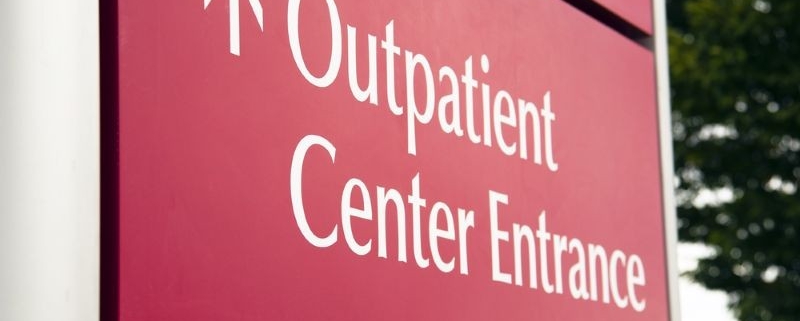NOI Growth Remains Strong For In-Demand Medical Outpatient Buildings
Medical outpatient buildings continue to stand out as a high-performing asset class in a challenging office market. Sunbelt markets are leading the MOB rent surge, supported by strong demographic growth and localized healthcare needs.




